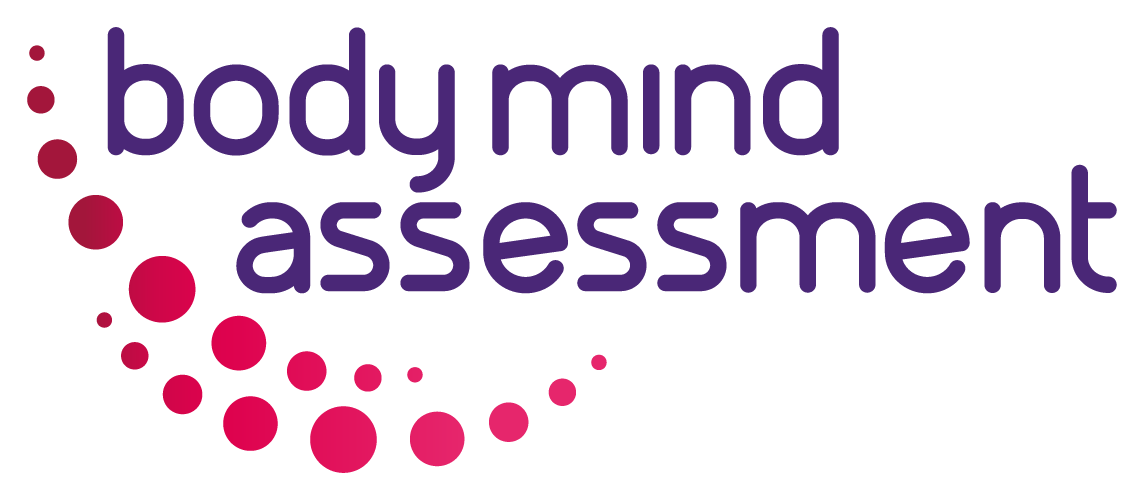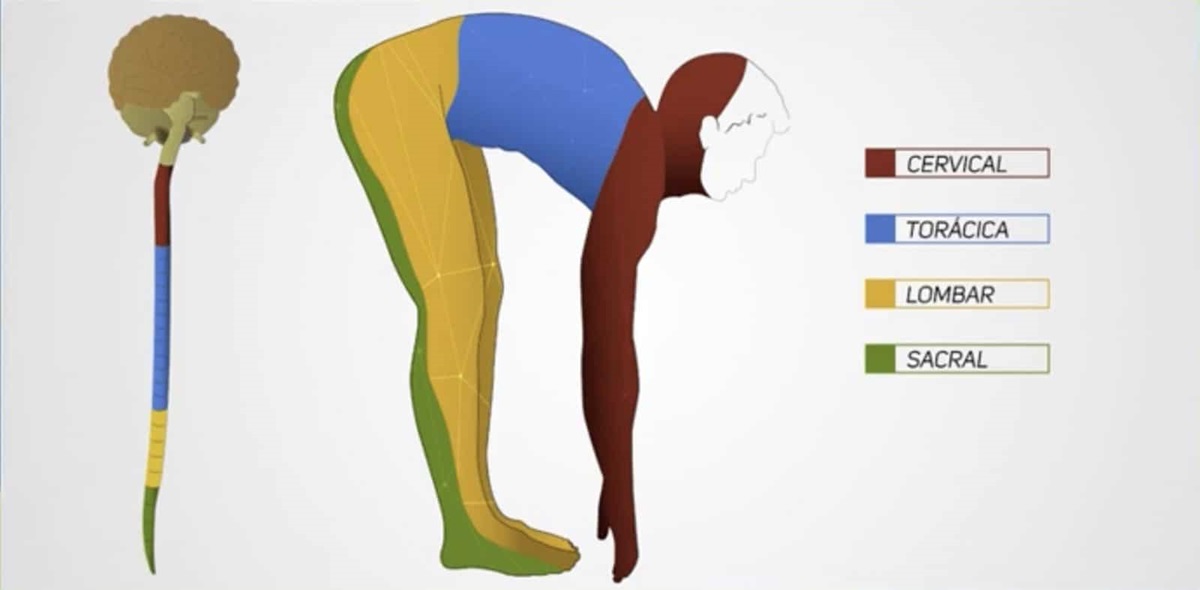Did you know that people with more rounded shapes tend to be more communicative, intense, and also more needy? In this post, we’ll talk about the oral character structure. This is the structure of the most empathetic and welcoming people.
There are 5 Reichian character structures. Don’t be alarmed by their names. They are scientific names that have been maintained since they were created.
- Development of the oral character structure
- The wound of the oral character structure, the needy child
- The gift of the oral character structure
- Physical characteristics of the oral type
- Head
- Eyes
- Mouth
- Trunk
- Hips
- Legs
- Oral structure defense subtypes
- Collapsed oral character structure
- Compensated oral character structure
- When the oral character structure is in pain
- Why do they cry?
- A lacking characteristic
- Connecting with the resource
- What not to expect?
- What to expect?
- Next steps
Development of the oral character structure
This character structure is formed during the myelination process that builds our nervous system. The oral character structure is linked to our emotional brain, the limbic system.
The body shape reflects the functioning of our mind and explains the life story we have. Let’s look into the myelination process to understand the formation of the oral character structure in the figure below.
Observe the brown area in the photo. This is the region of myelination of the oral character structure. The cervical spine carries nerve branches to the arms, neck, and mouth, allowing the baby to have many new sensations and learnings.
Here we have a deepening of taste, smell, hearing, and touch. All these sensations become more acute. The baby begins to interact with the external world. An explosion of new information will pass through their nervous system. This interaction will mainly occur through the mouth, especially during breastfeeding.
The period of development of the oral character structure extends from the first month of life until one or one and a half years old.
In this phase, the child is extremely dependent. They haven’t learned to walk or crawl yet, and sometimes they feel discomfort, hunger, or sleepiness. When they are crying, they would like someone to guess their needs, but the person taking care of them doesn’t always understand.
At this moment, the baby’s needs can be either excessively met or neglected and left unattended. This is how the wound of the oral character structure is developed.
The wound of the oral character structure, the needy child
The great wound of the oral character structure is the abandonment pain, the pain of not being seen or nurtured enough.
Imagine a child in discomfort, which could be an itchy clothing tag, or an earache, for example. They cry and receive everything: a pacifier, cuddles, breastfeeding, diaper change, except what they truly needed.
The real problem the child is experiencing has not been solved. The pain of the oral is not having their needs fulfilled.
What a person experienced in the past greatly influences their life, even if they don’t remember. The records that the oral has in their emotional world say “You will be abandoned, you need to do something!” This is a phase in which emotional connection is fundamental so that the child can understand their surroundings.
The gift of the oral character structure
The abandonment wound comes with some gifts for the oral person. Out of necessity, a person learns to communicate through various forms, such as gestures, touch, speech, different tones of voice, and body expressions.
The world of someone with a predominant oral defense mechanism is very emotional and sensitive. The person connects with others in a sentimental way. The gaze of the oral speaks, even if they are silent.
For a person with an oral adaptation, the more they communicate, the better the world becomes. They can do this with their gaze, hands, and gestures, always seeking to make their communication as clear as possible so that the other person understands what they need before they even speak.
Orals are very transparent and cannot hide their emotions, which are often written all over their face.
Physical characteristics of the oral type
Now that we understand the development period of the oral type, and how its physical world develops in parallel with its emotional world, its pain, and its resource, let’s see what visible aspect this gives to the body shape. When we talk about body shape, we are referring to the head, eyes, mouth, torso, hips, and legs.
The body shape has a function in people’s lives. The oral character’s body shape develops so that people want to hug, stay close, and feel comfortable with them. However, the body of this person did not become round and soft just to gain someone’s lap, but to survive in a world where they understand that they are abandoned, they will die.
Adults with a predominant oral character structure also tend to look younger than they are. There is still a childlike aspect to oral individuals in general. This infantilization of the body carries over to their minds with a sense of “pick me up, I’m just a little kid.”
Head
The head of an oral person has a round shape with big cheeks.
Eyes
The gaze of an oral character structure conveys a sense of connection as if the person is really looking inside of you. Their eyes tend to be small and almost close when they smile.
The smaller size of the oral’s eyes can convey a sense of sadness and the wound of abandonment. If you take a picture and observe the person’s eyes, for example, you’ll see that they can smile and look sad at the same time, because the oral’s eyes give off that feeling. It’s a gaze that seeks confirmation, making people acknowledge that they are there and won’t leave them.
Mouth
The oral phase, as the name suggests, is closely related to the mouth and lips. At this stage, the child puts everything in their mouth. This increases the size of the lips, due to the high energy placed there by the electrical connections of the neurons.
Oral individuals tend to keep their mouths slightly open or make a “pout,” as if something is missing. In adulthood, they may try to satisfy this lack with a glass, a bottle, cigarettes, food, and so on.
Trunk
The trunk of this person’s body has rounded aspects on the shoulders, arms, and forearms. The chest may be small in relation to the rest of the body. This evidences a void, a lack, an abandonment, as if energy is missing in the chest.
The person can be thin or chubby. The skin is soft, and many times, a person with this structure will have a physical hole in the chest, indicating the energetic hole created by the lack of nurturance. Shoulders are slumped in order to protect the hole.
Hips
The hips of a person with oral character structure are round, soft, and can many times be plump.
Legs
The legs of the oral can be chubby, but still visibly weak and undercharged. Just like in the schizoid character structure, the oral also lacks energy in the legs. The legs are short and weak. This happens because the oral phase goes up to about 18 months when the child is still starting to walk.
Sometimes, due to the weakness of the legs, along with the weight of the body, the knees turn inward, forming an “X”.
Oral structure defense subtypes
The oral defense manifests in two basic ways: collapsed and compensated. Often, a person will go back and forth between the two types.
Collapsed oral character structure
Having a collapsed oral structure can manifest as appearing helpless, needy, or lacking energy. It may also lead to being self-absorbed and avoiding responsibility while relying on others to take care of tasks for you. Additionally, there may be a tendency to cling to people.
Compensated oral character structure
If you have the compensated oral structure, you may deny having any needs. You may say, “I don’t need anything from anyone.” You may also act as if you can take care of yourself. This attitude prevents you from getting your needs met and confirms your belief that they will never be fulfilled.
The two subcategories are reactions to disrupted oscillation. They relate to the child’s need for connection and the need to be alone. The collapsed oral overemphasizes connection while the compensated oral overemphasizes being alone and not needing anyone.
When the oral character structure is in pain
Let’s learn about the functioning of the oral structure, the impact of this character structure on people, and how this affects relationships with people and the world.
We will now explore the pains and resources of the oral character in daily life. Understanding the pain in their developmental structure is one thing, but dealing with it while respecting their wounds is another. While it’s easy to handle a crying baby, empathy and respect are essential when dealing with an adult with this behavior.
A person with this structure may be overwhelmed with anxiety when in an environment where they do not feel comfortable expressing themselves. In relationships, they may not end a terrible relationship or marriage out of fear of feeling abandoned. They may tolerate their partner’s infidelity or stay in an abusive relationship to avoid being alone due to emotional dependency.
Someone with this character structure may also have problems with money because they are afraid of losing people when it comes to charging for their services or valuing themselves professionally. This person may also engage in compulsive spending to fill the emptiness in their chest, in addition to obesity as an attempt to fill the void with food.
Why do they cry?
Crying, for an oral, is simply a release, without the need for explanation or understanding. In fact, they might not even know what they want. They resort to crying to get help, as this was programmed in the oral’s nervous system.
If you are a person of this structure and feel that you cannot cry, or need to explain your crying, you will live in emotional distress. Sadly, we live in a very hostile society where people demand an explanation, a reason, and an apology for tears.
A person with this structure functions completely differenttly when feeling their pain or using their gifts. In pain, they use gestures, speech, and expression to cling to people, draining them, with the thought “I’m suffering, get me out of here, take care of me.”
Orals want something from others, they want someone to do everything for them because they think nothing is enough. That’s why when they see something, they take it, they want more, to ensure that they always have enough, due to the need to fill up the void.
They cannot articulate what they want, they only know that it’s not good, it’s uncomfortable and painful. This goes back to the moment of the development of the structure when the baby didn’t know what he was feeling. He felt discomfort in the crib, and someone had to guess. So, the baby thought, “Try to guess because I don’t know what it is either.”
A lacking characteristic
The compensated oral seeks to fill up his void with lack. How so? They need to ensure that something will be missing in their lives to explain or justify their pain. This can manifest as a desire for something that is not currently available.
It’s as if the oral character structure seeks to perpetuate the feeling of lack. They constantly seek out new ways to feel deprived. This connects with the original trauma that led to the formation of this character structure.
They will want everything that is not possible to obtain, not because they have the ambition to conquer, but to ensure that they will not feel that primary pain that happened in their development.
Connecting with the resource
When orals connect with their resource, understanding that they can cry and that this is beneficial for them, they begin to communicate differently, opening themselves up to feel whatever comes. Another superpower they have is the ability to guess what other people are feeling or thinking.
When orals are in pain and alone, they may turn to excessive behavior like drinking, smoking, or partying to release emotions.
Connecting and crying is healing for the oral character structure. It is not sadness, it is not depression, it is not something that needs removing from their life. When the oral understands this, they use their abilities to their advantage.
What not to expect?
Don’t expect too much logical reasoning from this character structure. The oral brings various stories and sensations at the same time, and sometimes only organizes them later. They are not very objective when they speak. All these sensations are happening inside their head. They have little capacity for execution, so they may procrastinate many things in life for many different reasons, but with a common underlying cause.
Orals do not handle silence well, especially when they are in emotional distress. In silence, they will need to put something in their mouth, bite their nails, drink, smoke, or do something to keep their mouth occupied.
What to expect?
Orals always want to be the center of attention, after all, they feel the abandonment pain from the past. The oral can attract people by offering them “a shoulder to cry on”.
To stimulate oral people, you should allow them to express themselves, but you can also stimulate them through touch. You may touch their arm or pat them on their back while talking to them, and things will flow much better.
They love it when others recognize their feelings and value their emotions. They just want to know that they can exist without receiving judgment, rudeness, or distance from others.
The resources that orals have to offer are warmth, sensitivity, and the ability to understand what others are feeling. It’s not just the ability to understand, but to care and show that they care.
When someone praises the oral for serving or helping them, it fills up the oral’s void. Orals need connection, affection, attention, care, and recognition.
Next steps
Did you see yourself in this character structure? You can also read about the schizoid, psychopathic, masochist, and rigid character structures.
We are a mix of five character structures with different intensities. Brazilian researchers created a method to measure the percentage of each structure in individuals. After finding out your combination, you will understand what problems you’ve been facing and how to solve them. You will receive clear instructions on how to manage and soften your character structures to make better decisions.
You will learn how to use your gifts to build a happier and healthier life. Schedule your free discovery session now.







